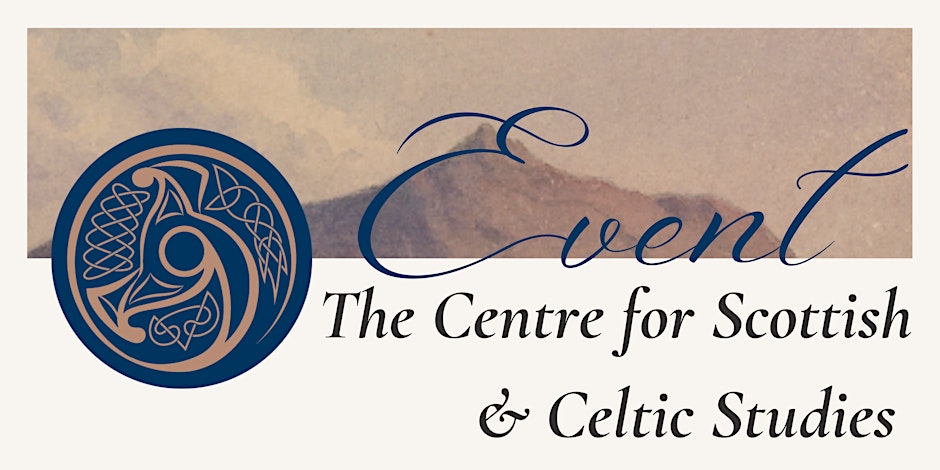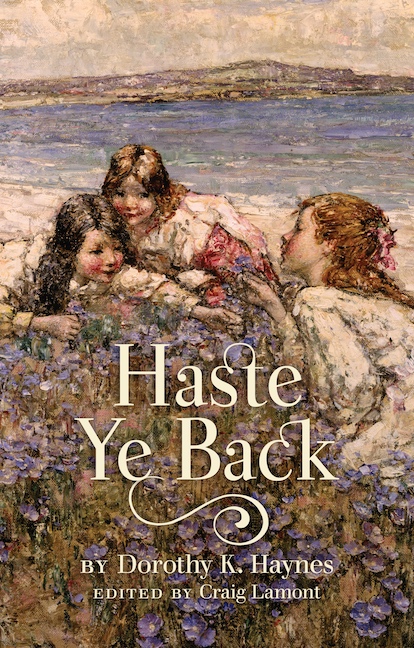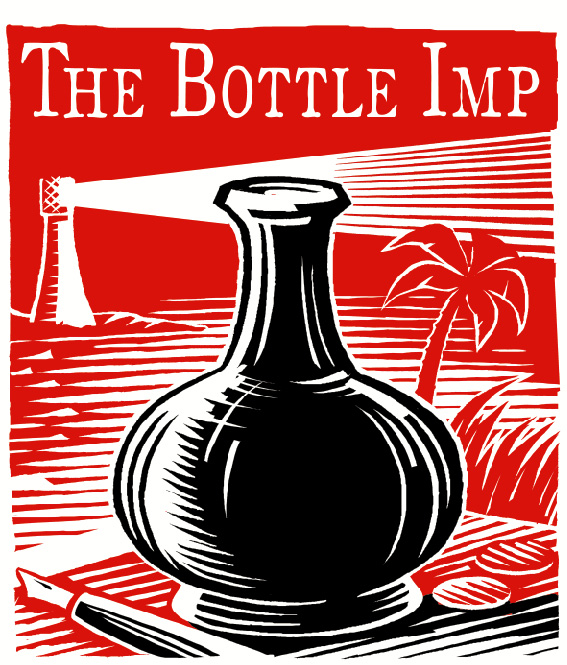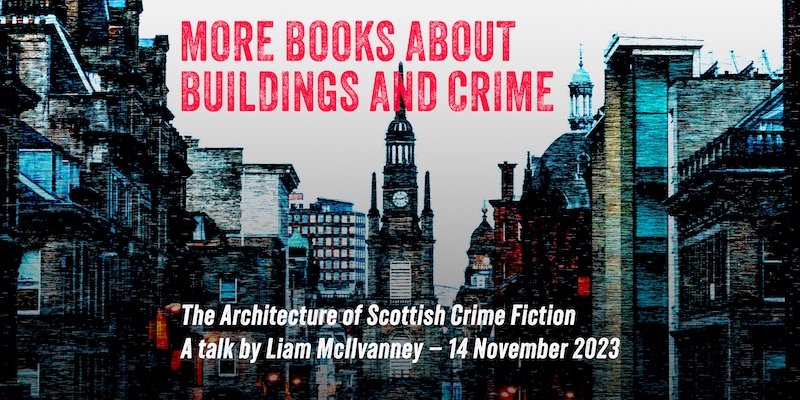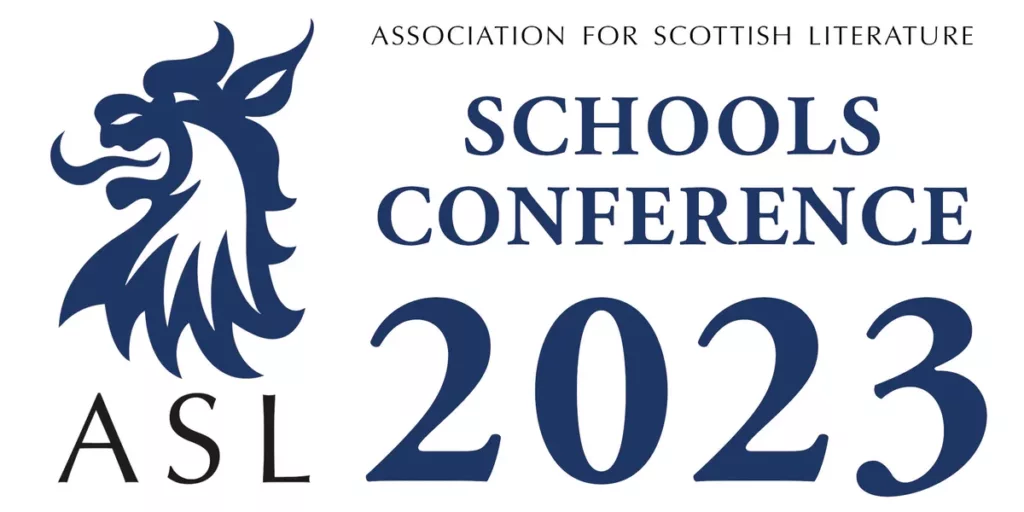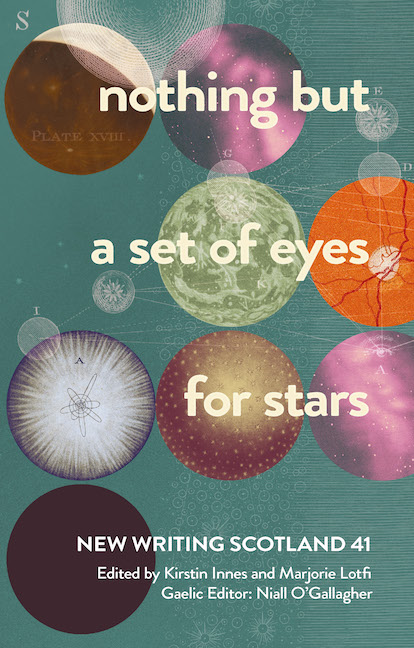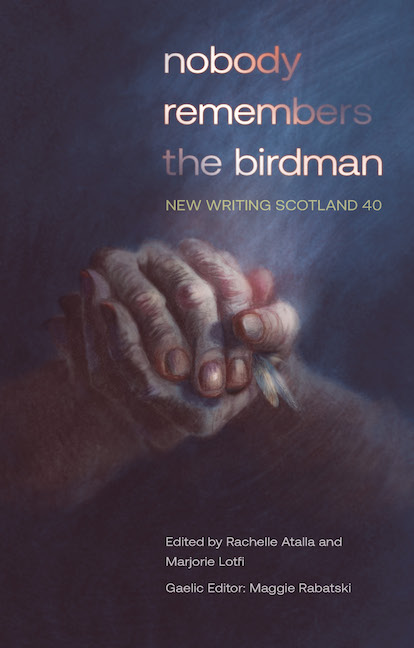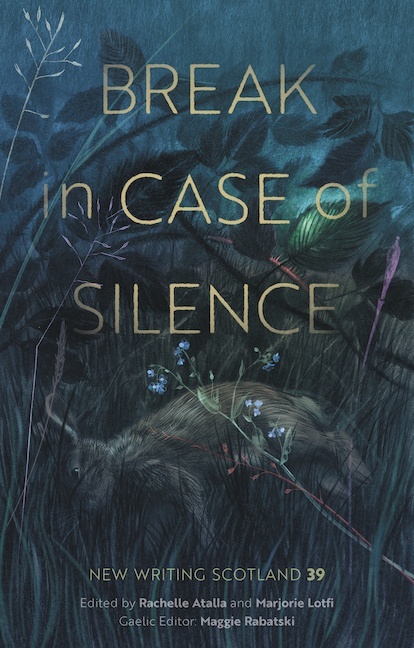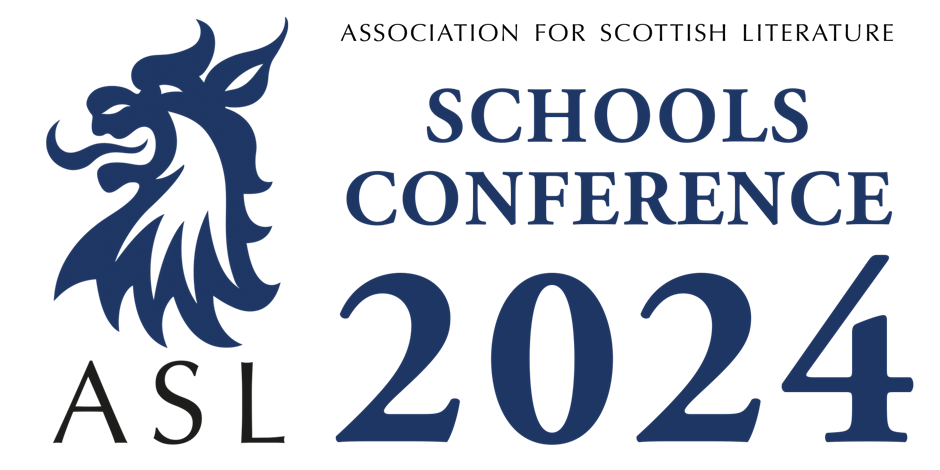
Saturday 5 October, 9:45 a.m.–4 p.m.
The ASL Schools Conference will offer CPD in areas of language and literature for teachers of English, for BGE, National 5, Higher, and Advanced Higher. The presentations will cover drama, poetry, novels, short stories, language study, and creative writing, in English and Scots.
Please note, this event is aimed at teachers and teachers-in-training, specifically those who are or are likely to be delivering the English curriculum in Scotland.
Programme
— 9:45 Coffee and Registration
— 10:15 Welcome
— 10:30–11:00 Exploring Scottish place-names (John Hodgart)
— 11:00–11:30 Why read John Buchan in the twenty-first century? (David Goldie)
— 11:30–11:50 Tea and coffee
— 11:50–12:00 Four short stories by John Buchan (Bob Hume)
— 12:00–12:35 Fae Eejit Street tae Tam o Shanter (Matthew Fitt & Thomas Clark)
— 12:35–13:00 Young Writers Awards
— 13:00–14:00 Lunch
— 14:00–14:35 Teaching the medieval poets Barbour and Henryson (Rhiannon Purdie)
— 14:35–15:10 Gaelic drama for the English classroom (Michelle Macleod)
— 15:10–15:20 Break
— 15:20–16:00 Meet the writer: Graeme Armstrong will speak about his work (please note: this talk will be in-person only and will not be recorded)
— 16:00 End of conference
We plan to stream this event live on our YouTube channel. Although free printed resources and class sets will only be provided to those who attend in person, we will endeavour to make these materials available as free downloads from our website after the conference.
Graeme Armstrong is a Scottish writer from Airdrie whose teenage years were spent within North Lanarkshire’s gang culture. His bestselling debut novel The Young Team (Picador, 2020) won a Betty Trask Award, a Somerset Maugham Award, and the Scots Book o the Year 2021. In 2023, Graeme was chosen as one of Granta’s Best of Young British Novelists.
Thomas Clark is a journalist, playwright, poet, and writer whose principal area of expertise is in the Scots language. He has extensive experience both as a performer and as an educator, and has led workshops and given talks on the Scots language for groups of all ages and experience levels.
Matthew Fitt is an author and poet, and co-founder of the award-winning imprint Itchy-Coo. He is also a qualified teacher, and has taught Scots in over a thousand schools.
David Goldie is the former Head of the School of Humanities at the University of Strathclyde, and is current President of ASL.
John Hodgart is the former Principal Teacher of English at Garnock Academy, and Secretary of the Education Committee of the ASL.
Bob Hume is a former teacher of English.
Michelle Macleod is Professor of Gaelic at the University of Aberdeen. Her anthology Dràma na Gàidhlig: Ceud Bliadhna air an Àrd-ùrlar / A Century of Gaelic Drama won the 2021 Gaelic Literature Award for Best Non-Fiction Book.
Rhiannon Purdie is Professor of English and Older Scots at the University of St Andrews, and runs the Read Older Scots project producing online resources for literature written in Scots before 1700.
ASL gratefully acknowledges the support of the Scottish Government towards this conference.




